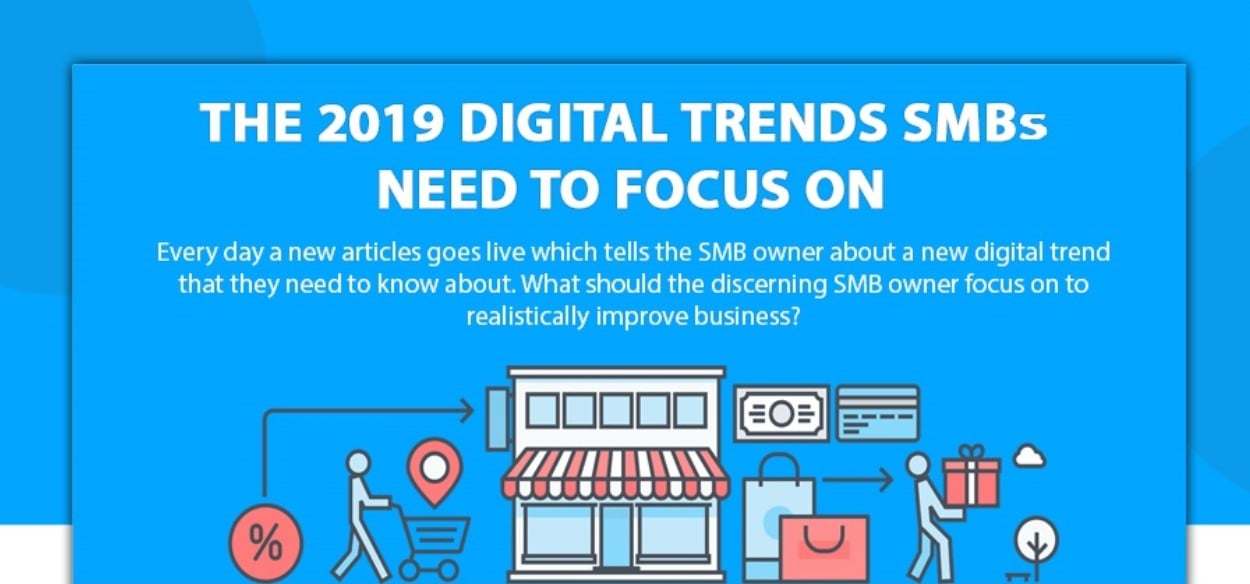Predicting Marketing Trends is always an interesting task and at the same time necessary. The director of a business in the B2B as well as SMBs sector must be ready to face changes, adapt to new technologies and respond to the changing behavior of its customers.
Anticipating when we make our marketing plan is key, as these changes may require major investments or a structural change in our business.
Q1 hedge fund letters, conference, scoops etc
We are in 2019, as every year there have been significant changes in the way we interact with our audience. This year video has become an essential element of web communication. If the content will always be important, it will be the change of technology and existing platforms, which will have an impact on the implementation of our marketing strategy.
For starters, it is necessary to do some watch work in your market to know the trends and see where your consumers are . The day before is also an opportunity to spy on your competitors and get to know the main lines of their digital strategy to inspire yours or make it different. Besides, it allows you to find inspiration for creating content .
When you have set up your digital marketing, the day before will be used for your curation. In other words, it will allow you to have content to broadcast on social networks.
Based on the experience and market vision of the marketing experts Maiden Stride unveils its predictions and here are some Marketing trends that can mean a major shift in your team structure or budgeting.
- Brands must integrate instant messaging applications into their strategy:
Essential applications of social connection are: WhatsApp, Facebook Messenger or Wechat for example. 84% of the shared information is by chat. Also called “dark social”, these channels of communication have grown exponentially.
In addition to redeploying resources to cover these types of communication , brands will face two fundamental challenges: First, how do you measure this interaction, because when someone comes to your website via a link shared by an email application, all is stored as “direct traffic” without more possibility. The second challenge will be to integrate these conversations in a non-invasive way and give value to the users.
The consumer/user is at the center of your digital strategy! It’s him you’re looking to touch with your marketing campaigns. It is therefore necessary to show empathy to find an axis of communication that is likely to have an impact and to provoke its action. Thinking about your buyers personas also helps you determine the platforms you need to communicate on: social networks, forums, blogs, etc.
A digital strategy must have a social media branch to broadcast the content, share its watch, converse with its customers and increase its notoriety. By correctly choosing social networks, this can increase your visibility to a targeted audience and generate more qualified traffic to your website.
- Automation tools will be more and more common in marketing teams.
No a days, investment in technology will be essential. Marketing is no longer just an intuition, marketing strategies are amplified and optimized by technology and science. Intuition and human creativity are reinforced by the data. Fragmentation and multiplication of media require scalable digital marketing.
In 2019, we saw an increase in the use of digital marketing platforms such as HubSpot that offer automation tools that allow companies to publish to market scale. E-mails are automated to be sent at certain times and according to certain behaviors, social media publications can be programmed in advance and campaigns can be managed remotely and designed in advance.
- There is already a greater expectation to justify the return on investment of marketing strategies.
One of the biggest challenges for marketing teams today is measuring this return on investment for each of its businesses.
Investors are tired of empty averages like fans, likes and impressions. They want to see measurable and useful results in making decisions. Investment in marketing should be directly reflected in business growth.
- Goodbye to vanity measures.
The tendency to follow likes is no longer a good goal in itself. Today, the accumulation of people who “follow you” is not synonymous with success. In 2019, the majority of business managers have finally realized that it is better to have 1,000 faithful who participate, more than 100,000 mutes.
Brands should focus on allocating their resources to support the value of their firms. The key is to create content that is relevant, useful and that can answer their questions. We will see the use of native advertising, where the publications are displayed only to those who have expressed an interest previously and instant interaction spaces capable of providing a quality service and response to customers.
- The future is … Video.
In 2019 we saw that video continued to be the most relevant format in most social networks. Facebook Live, stories from Instagram, Snapchat and periscope were just the beginning of this new era of how best to tell stories through videos.
Brands must not only take the “video stream”, and they will need to invest significantly in the production of video content, by internal or external teams, allowing them to tell stories.
We are convinced that AI (Artificial Intelligence) will play a very important role in 2019 in many digital marketing activities. AI will influence the development of marketing technologies, whether in their visual appearance or by adding new features.
To know more read below infographic.






